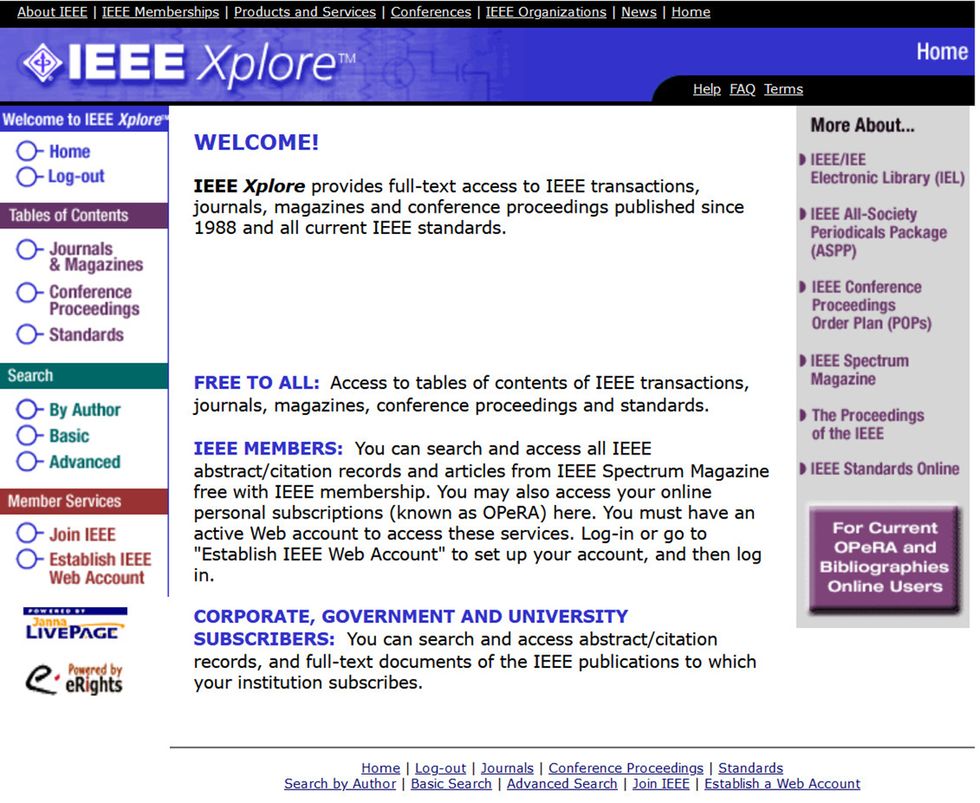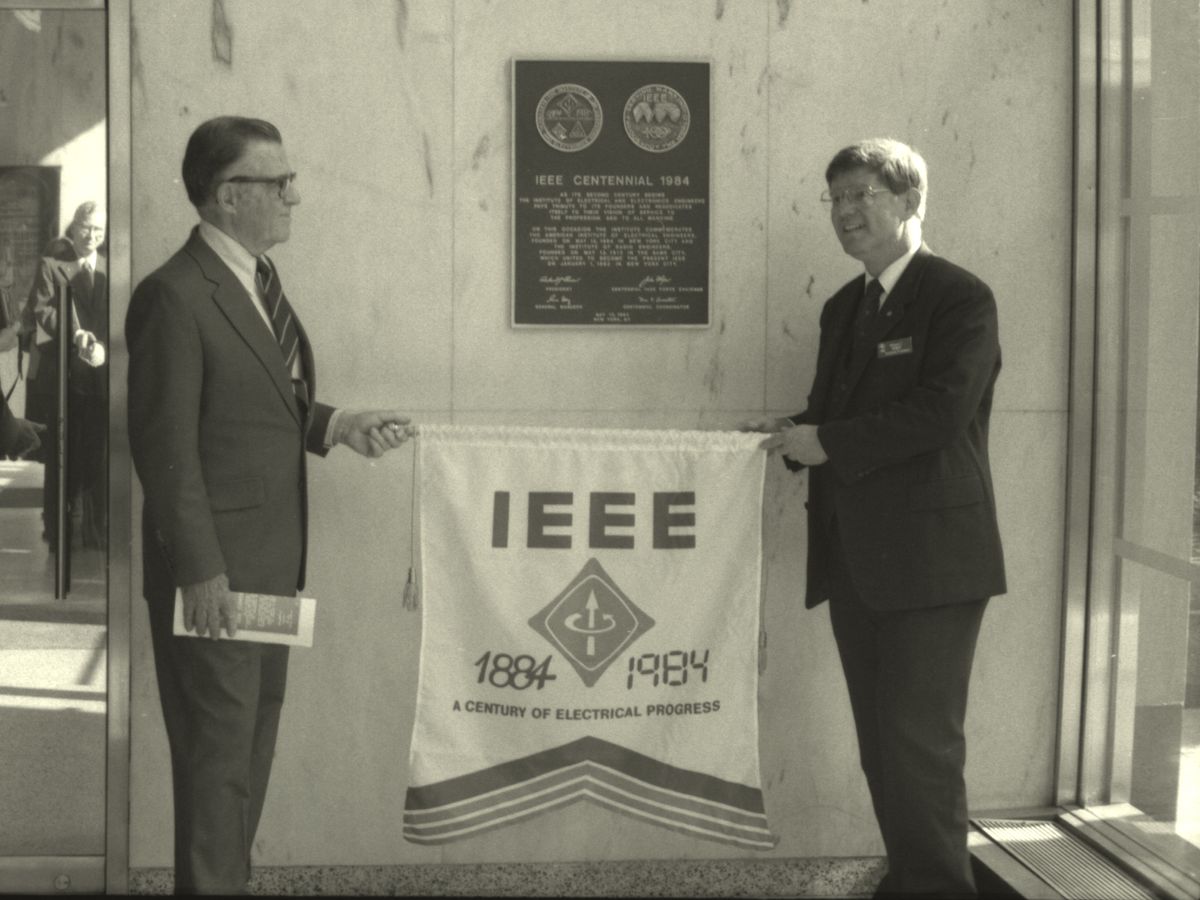THE INSTITUTE The IEEE History Center has chronicled the last 37 years of the organization and the impact it has had on electrical engineering in the 21st century. “History of IEEE Since 1984” is available on the Engineering and Technology History Wiki.
Readers can learn how IEEE transitioned to electronic publishing, its efforts to expand its membership globally, successful standard development activities, and other topics.

As digital technologies became more popular in the 1980s, IEEE worked to keep up with the shift from printed publications to digital versions, according to the document. Before the IEEE Xplore Digital Library, the organization experimented with an electronic index, launched in 1986, and CD-ROMs, which were introduced three years later. Using the index, members were able to order from their computer copies of articles published within a 12-month period. The CDs held about 200,000 documents including journal papers and conference proceedings.
Membership in IEEE also evolved during the period. Before 1989, IEEE’s membership was mostly composed of engineers from the United States. But in the 1990s, the popularity of computers and their impact on society and the strong economy fueled global expansion. Today the organization has more than 400,000 members in more than 160 countries.
The IEEE Standards Association made great strides in developing standards worldwide, according to the report. Its most well-known standard is IEEE 802.11, developed in 1997. It’s the official international standard for wireless LANs, operating at 2 megabits per second. Popular Mechanics magazine recognized the standard with its 2003 Grand Prize for Computing.
Although the document’s main focus is IEEE after 1984, its first chapter covers the merger in 1963 ofthe American Institute of Electrical Engineers and the Institute of Radio Engineers—which formed IEEE.
The history of IEEE previously was documented in two books that covered the organization’s first 100years. The Making of a Profession: A Century of Electrical Engineering in America was written by historian A.Michal McMahon. Engineers and Electrons: A Century of Electrical Progress was written by IEEE Fellow John D.Ryder and past IRE president Donald G.Fink. PDFs of the books are available on the Engineering and Technology History Wiki.
COMMENTS AND MEMORIES WELCOME
“History of IEEE Since 1984” is a living document. Readers with an account on the Wiki can make comments and suggest edits. IEEE History Center staff members will review the comments and, if deemed appropriate, will include them. Individual memoirs of IEEE’s history can be added in the first-hand histories section.
The project was funded by the following IEEE societies: Aerospace and Electronic Systems, Circuits and Systems, Communications, Dielectrics and Electrical Insulation, Industrial Electronics, Nuclear and Plasma Sciences, Power & Energy, Robotics and Automation, Signal Processing, Systems, Man, and Cybernetics, Ultrasonics, Ferroelectrics, and Frequency Control, and Vehicular Technology, as well as the IEEE Council on Superconductivity and Sensors Council.
IEEE membership offers a wide range of benefits and opportunities for those who share a common interest in technology. If you are not already a member, consider joining IEEE and becoming part of a worldwide network of more than 400,000 students and professionals.
Joanna Goodrich is the associate editor of The Institute, covering the work and accomplishments of IEEE members and IEEE and technology-related events. She has a master's degree in health communications from Rutgers University, in New Brunswick, N.J.



